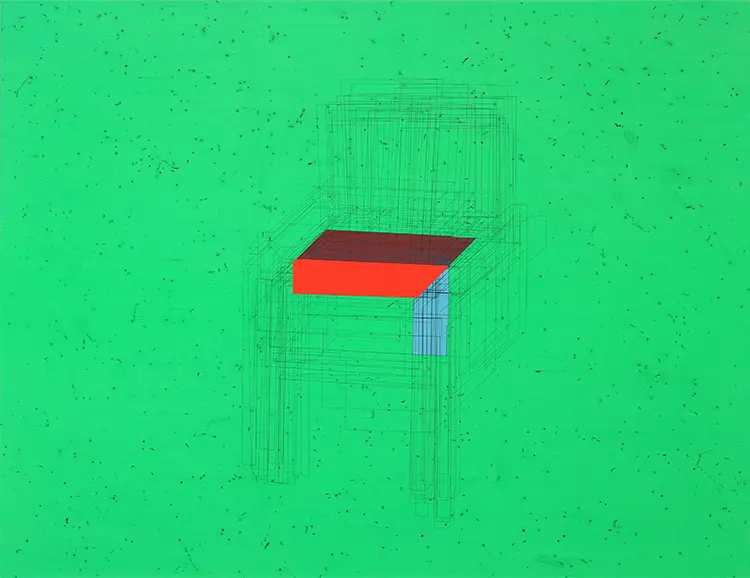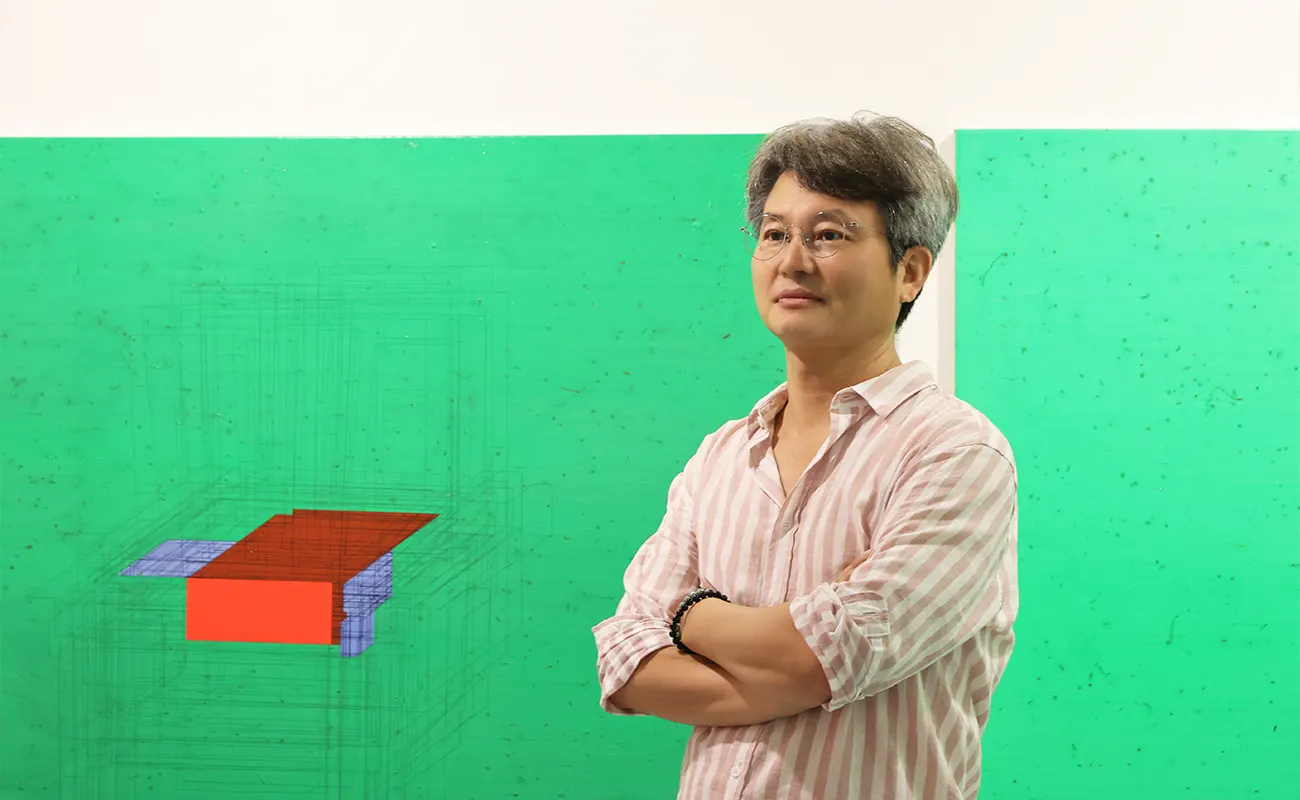“Art, in my opinion, is making the invisible visible.”
From Jeongeup to Yeoncheon: Tracing Seo Yong-in’s Artistic Evolution
Seo Yong-in is an artist born and nurtured amidst the natural wonders of Jeongeup, South Korea. This intimate relationship with nature during his formative years has wielded significant influence over the aesthetic direction of his oeuvre. Presently based in Yeoncheon, Korea, Yong-in has found a harmonious existence in symbiosis with bees, an experience which has magnified his perspective and mitigated a previously human-centric worldview.
The roots of Yong-in’s fascination with replicating objects can be traced back to his youth. By indulging this nascent curiosity, he found his visual acuity and expressive potency progressively amplified. This organic cultivation of his fascination with nature and humanity served as a catalyst, propelling him towards artistic expression.
While he was a student, Yong-in seized an opportunity to spend a year studying in the vibrant cities of Lille and Paris. It was in the romantic heart of Paris where he encountered a transformative experience. Captivated by a special exhibition of Paul Cézanne’s work, Yong-in was particularly stirred by the series depicting Mount Saint-Victoire. The voluptuous forms and methodical brushwork prevalent in these paintings kindled a novel awareness within him. Consequently, he developed a profound understanding of the role the senses play in artistic expression. This revelatory moment indubitably marked a pivotal point in Yong-in’s artistic journey.
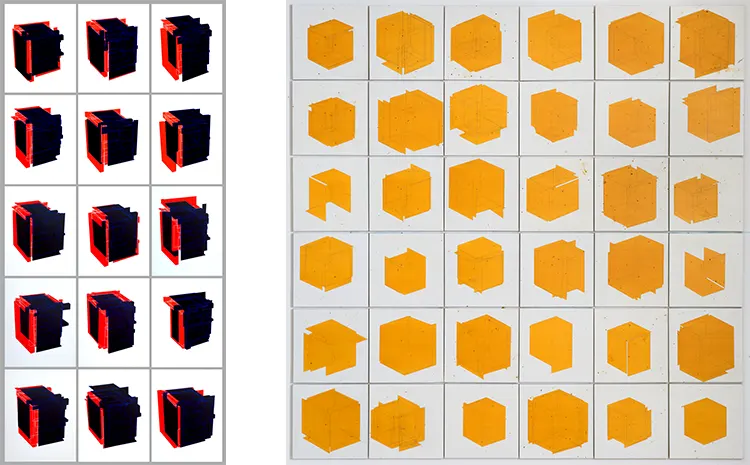
The Extraordinary in the Ordinary: Yong-in’s Rendering of the Imperceptible
Integral to the artistic journey of Seo Yong-in is the audacious task of rendering the imperceptible, perceptible. Inspiration for his artistry frequently emerges from unexpected encounters. One might recall the time when a forsaken, fragmented wooden chair, discovered on an ordinary street, morphed into the subject of his riveting paintings. Equally intriguing were the varying forms of cherry trees he observed in his daily meanderings, each provoking an innate sense of curiosity and marvel within him. These might appear as commonplace or pedestrian observations to an untrained eye, but in them, Seo discerned profound inquiries and resonant themes.
The thematic undercurrent that defines Seo’s oeuvre lies in its commitment to transcribe his personal sensations. Instead of employing traditional narratives, his work serves as a conduit for a direct experience of temporality and spatiality, artfully encapsulating the fleeting moments of the present. His aspiration, driven by an undying patience and unwavering dedication, is to delineate his unique existential significance, mirroring how each blade of grass in a field retains its own stems and leaves, persevering in its unique milieu.
Guided by this perspective, Seo Yong-in has opted to omit certain conventional elements from his art. The tactile impression of a brush, the control exerted through hand strength, or a realistic portrayal are often set aside. Instead, his focus gravitates towards abstract elements such as lines, planes, and a riot of colors, lending a distinct character to his work.
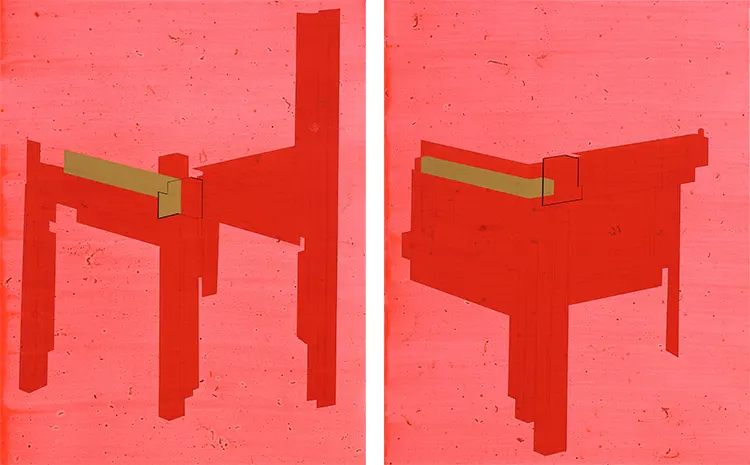
Consciousness and Form: Understanding the Symbolism in Yong-in’s Art
In the oeuvre of Seo Yong-in, form transfigures into a tactile illusion, a direct product of life’s experience. The alignment of consciousness and form is a recurrent theme, with consciousness striving to ascribe meaning to sensations. These interpretations subsequently mold Yong-in’s sensory perspective on form, a dynamic vividly manifested in the lines and planes of his creations. The lines in Yong-in’s work symbolize the fluidity of consciousness, while planes denote the enduring, palpable nature of sensory illusions.
Yong-in’s artistic endeavors skilfully obscure the demarcation between painting and installation, utilizing a spatially adaptive arrangement of multiple works. Often, the artist immerses himself in drawing the same object in an identical location repeatedly, a process that allows the shape of the object to evolve as his visual perception changes. These morphed shapes are then superimposed on a common canvas.
Particular segments of the canvas are brought forward and laid bare to the elements, namely his bees, who etch their own distinctive imprints. This harmonious fusion of human and nature’s perceptions eradicates the symbolic undertones associated with objects, leaving behind unadulterated traces. These traces undergo a further transformation into lines and planes, dictated by Seo’s own rules and sensory interpretations.
The resulting forms, stripped of their symbolism and seemingly mobile, serve as reflections of human consciousness. Thus, in the transformative journey that his work undertakes, Seo Yong-in eloquently portrays the continuous evolution and mobility of human consciousness, mirrored in the lines and planes of his innovative creations.
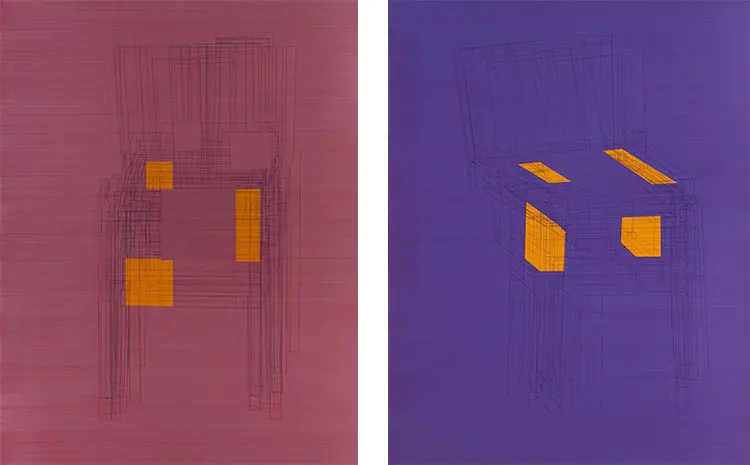
Beyond the Canvas: Seo Yong-in’s Spatial Exploration and Philosophical Dialogues
Paul Cézanne’s profound influence on Seo Yong-in’s oeuvre is unequivocally palpable. A particular fascination can be discerned with respect to one of Cézanne’s masterpieces, the Mount Saint-Victoire series. This piece embodies a compelling union and intertwining of the artist’s expressive methodologies and the visage of Mount Saint-Victoire, stimulating Seo’s curiosity towards sensory experiences. Such an artistic dialogue inherently raises a philosophical conundrum concerning the origin of meaning – whether humans ascribe significance to the objects around them, or if these objects articulate their meanings through human perception.
Looking towards the future, Seo aspires to discover distinctive locales suited to the display of his creations. The expansive nature of his artistic vision, which regards multiple works in identical formats as a singular piece, presents a distinct challenge in identifying befitting exhibition spaces. Seo Yong-in’s quest for these spaces serves as testament to his unwavering commitment to ensuring his art is not only viewed, but also experienced in a way that reinforces the essence of his aesthetic intentions.
